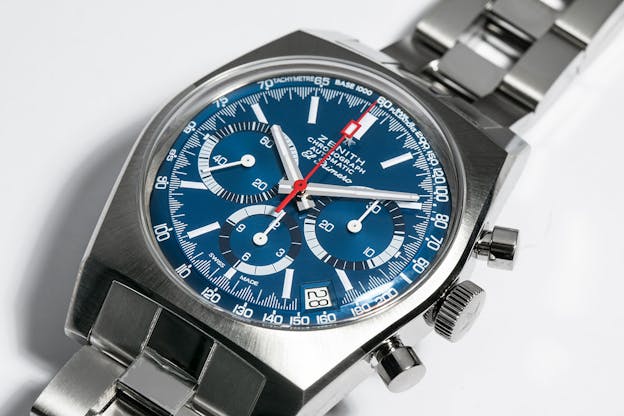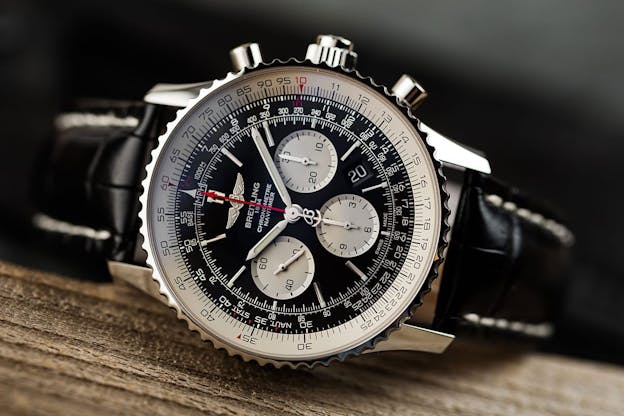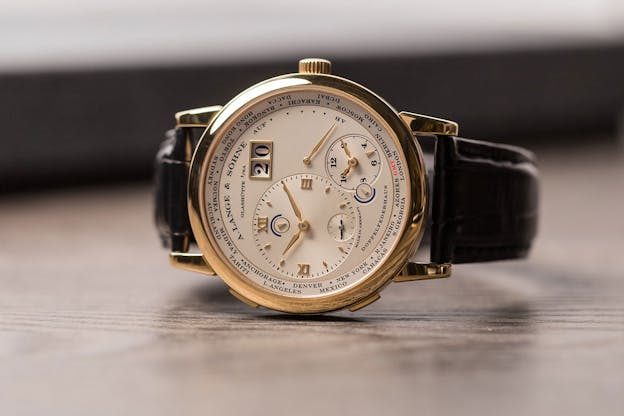Taking Sides: The 4:30 Date Window Is Fine
“Strong opinions, weakly held.” – James Stacey
In this installment of Taking Sides, Jack Forster and Griffin Bartsch debate the merits of one of watchmaking’s truly divisive issues — the 4:30 date window. Today, Jack argues in its favor. You can read Griffin’s counterargument here.
One of the most fundamental characteristics of any community of enthusiasts, is the passion we bring to things that are absolutely inconsequential in the real world. This however, if you ask me, is a feature, not a bug. The pleasure of heated public acrimony truly is a pleasure money can’t buy and there are certain subjects to which enthusiasts return again and again, and every new generation of watch enthusiasts can enjoy snarking at each other as if shade with respect to any given subject had never been thrown before.
One such subject is the 4:30 date window. To some, it is anathema and the only good 4:30 date window is a dead 4:30 date window. To others, it is a tolerable concession to pragmatism in dial design, and to a few proud iconoclasts, the 4:30 date window can and should take pride of place along with other date window placements, from the honored elder that is the 3:00 date window, to the noble balance of the 6:00 date window, and the madcap whimsy that is the 12:00 date window.

Now, a fair number of enthusiasts look askance at the idea of any sort of date window at all, on the argument that it is unnecessary functionally (though hey, so’s the wristwatch if you want to be so absolute about it) and that it adds just one more extraneous dial element which most of the time, does more harm than good. The counter-argument is that the date window is more or less a necessity in any watch aimed at a public wider than the enthusiast crowd. However, the presence of a date window, no matter where you put it, may have some relevance to sales in general but it is certainly not a necessary condition for a watch to be commercially successful and even achieve cult/hype status; as has been pointed out by enthusiasts on numerous occasions, neither the Speedmaster nor the Daytona have a date window and neither watch seems to have been compromised in its appeal by that absence.
That said, my thesis is that the 4:30 position is no worse than any other, and in some respects offers some upside, depending on the watch.
The most obvious case for the 4:30 date window is the Zenith El Primero and I think that this watch illustrates the advantages of the position very well.

The El Primero is a chronograph (hard to miss) and has much to recommend it, including the fact that of the three first automatic chronographs launched in 1969, it’s the only one still in production. It is also the poster child, if you ask me, for why a date window at 4:30 is sometimes ideal. For a chronograph, the 3:00 placement is problematic as the date window would tend to cut into the 30 minute counter – you can get around this by using a smaller diameter movement in a larger watch, but that would produce a rather squint-eyed effect and throw off the dial proportions. This is an instance in which adhering slavishly to the idea that a 4:30 date window is muy malo and only a 3:00 date window is any good, would actually produce exactly the poor design of which the 4:30 date window is so often wrongly accused.
Another example of the wisdom of using a 4:30 date window is the Breitling Navitimer – I’m wearing mine as I type and the date window is just about as unobtrusive as they come. If you wish to be absolute about it, you certainly do not need a date guichet in a pilot’s watch – certainly the first Navitimers didn’t have them – but if you are going to put a date display on a chronograph, there are worse places to put it.

There really are very few absolutes in design in general, and in watch design in particular and I would argue that the idea that the 4:30 date window is invariably a poor choice, is a false absolute; like so many things in life, it’s as much about how you do it as it is about what you do. Nobody is wrong for hating date windows in general, and nobody is wrong for hating the 4:30 date window – this is a matter of personal tastes with which there can be no argument. But the 3:00 position is not the be-all-end-all, always best place for a date guichet.

The Lange 1 has … I guess it’s about a 1:30 date window (the horror!) But it makes sense with the rest of the design, to put it mildly. No matter where you put the date window, if you treat it like an afterthought or stick it in there because marketing told you a watch will sell better and you don’t properly integrate it into the design, yeah, it’ll stick out like a sore thumb. But the position has its purpose. A place for everything, and everything in its place. Now I’m just waiting for some forward thinking, culturally au courant brand to come up with a 4:20 date window.

